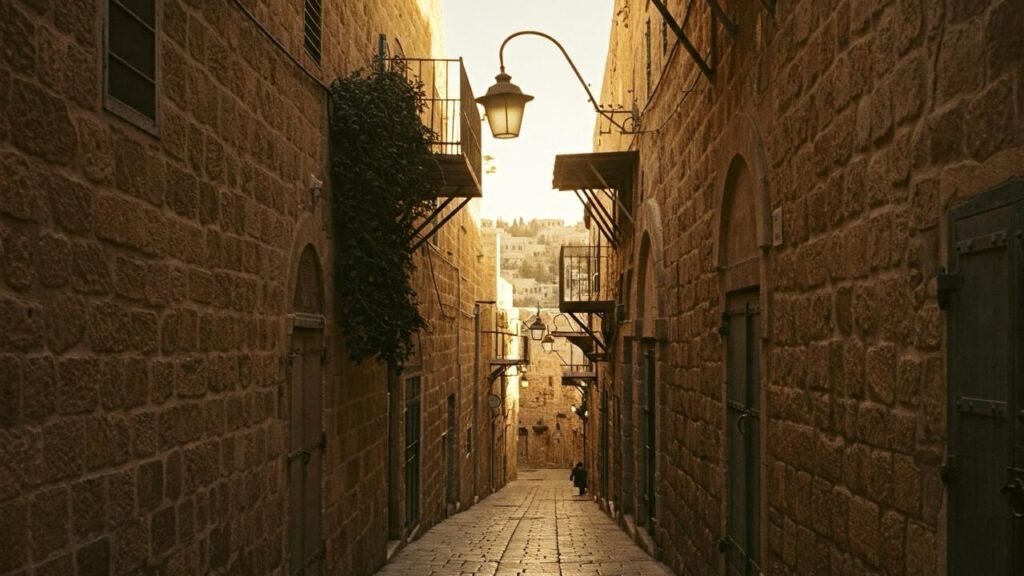For centuries, Catholic pilgrims have journeyed to the Holy Land not only to walk in the footsteps of Christ, but to reconnect with something timeless. The cobblestones of Bethlehem. The gentle waters of the Jordan River. The sacred silence of Nazareth. Each place holds a power that words often fail to capture — and yet, the heart knows.
These sacred sites are more than destinations. They are physical prayers. Living testaments of the roots of faith. For many Filipino Catholics, a pilgrimage to Israel feels like a spiritual homecoming. But not everyone can make the journey.
And so the yearning continues — to feel closer to the stories, to the miracles, to the path that began in Galilee and changed the world. It’s not about tourism. It’s about belonging to something eternal. And for those who’ve felt the ache to touch the Holy Land with their soul, even from afar — that desire never really fades.
In quiet homes across the Philippines, many still find ways to pray toward Jerusalem. Facing the East. Holding onto heirlooms. Lighting candles passed down through generations. There’s a quiet resilience in faith that doesn’t need an airplane to feel real.
A History Written in Dust and Devotion
The Holy Land holds a sacred allure not just for what happened there, but for what continues to live there. Pilgrims over the centuries walked barefoot on soil they believed to be blessed by presence itself. Knights and mystics, mothers and martyrs — they left behind not just footprints, but prayers.
Even today, the churches of Bethlehem echo with the chants of countless generations. The paths of Jerusalem remain worn smooth by hands that reached out in supplication. And somewhere within that worn stone lies a call that transcends time.
Filipino Devotion and the Eastward Gaze
Among Filipino Catholics, the pull toward the Holy Land is deeply emotional. It lives in devotions like the Simbang Gabi, in the lighting of candles near framed images of Jesus and Mary. There’s a natural orientation toward Jerusalem — not just geographically, but spiritually.
This is not a modern trend. Filipino Overseas Workers in the Middle East often make short pilgrimages to sacred sites, and return with olivewood crosses or bottles of Jordan River water. These tokens become spiritual heirlooms — passed down with stories, folded prayers, and careful reverence.
When You Can’t Travel There, Let the Spirit Travel to You
Not everyone can embark on a pilgrimage. Age, finances, responsibilities — life itself can stand in the way. But perhaps the deeper meaning of pilgrimage isn’t in motion, but in memory. In bringing the intention of the journey into the space where you already are.
To look toward the East and whisper a prayer. To light a candle and feel that ancient presence settle near. To read the Gospel and imagine yourself there — not in fantasy, but in faithful imagination.
This is what binds the faithful across centuries and oceans: not a ticket, but a connection. A soul-deep pull toward a place where something holy began.
And for those who long for the Holy Land but may never walk it — know this: longing itself can be holy.



